10.08.2017 by Infogram
There isn’t a story, in any industry, that can’t be told with a great infographic. Infographics are the perfect blend of data, copy, and design – making them powerful visual communication tools. According to IBM, an infographic is 30x more likely to be read than a purely textual article. This is due to the fact that people pay more attention to content with visuals.
Infographics are a good way to share your brand’s story, raise awareness about a topic, make an argument, explain a process, or highlight trends. It all depends on the type of infographic you want to create. You need to choose a layout that matches your content and helps tell your story.
If you aren’t sure where to start, we’ve selected 12 of the most common types of infographics along with examples. Scroll down to see which type works best for you:
1) Data-Centric
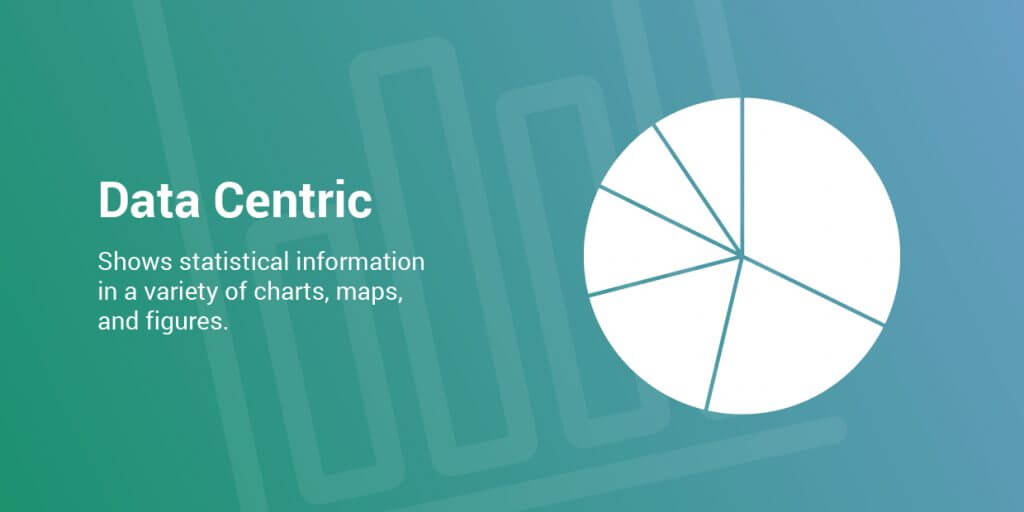
Data-centric infographics focus on multiple datasets and important stats. They often feature various data visualizations designed to support a common theme. These infographics make dense information easier to absorb, but they require a fluid design to keep the message clear and concise.
Examples:
2) Timeline

Most people are familiar with timelines, which is why they make popular infographics. Timelines should be used to explain the history of a topic, or how a topic changes over time. They are easy to read because they display multiple events in chronological order along one singular flow.
Examples:
3) How To
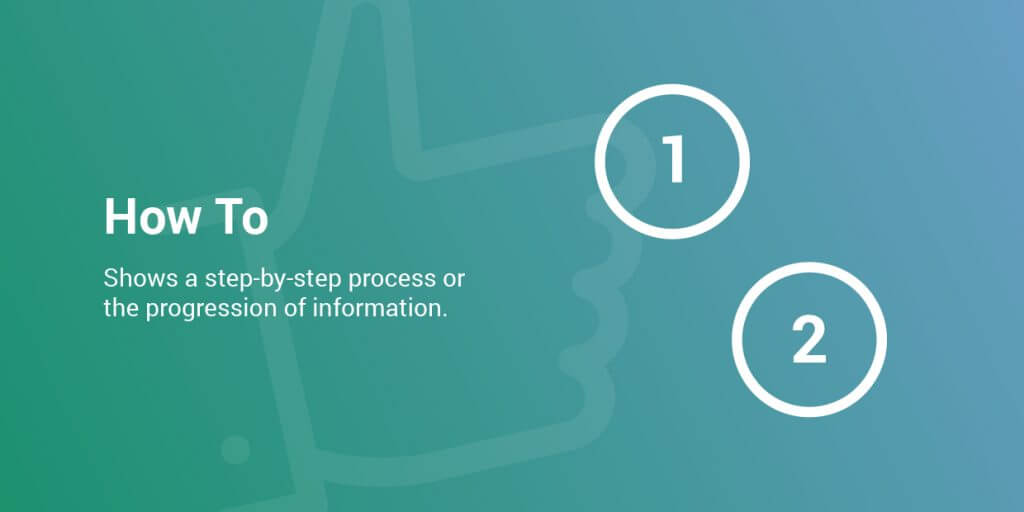
‘How to’ infographics answer questions and explain how to do something using visuals. They are useful when trying to teach your viewer a new topic. They also share well across social media channels.
Examples:
4) Geographical
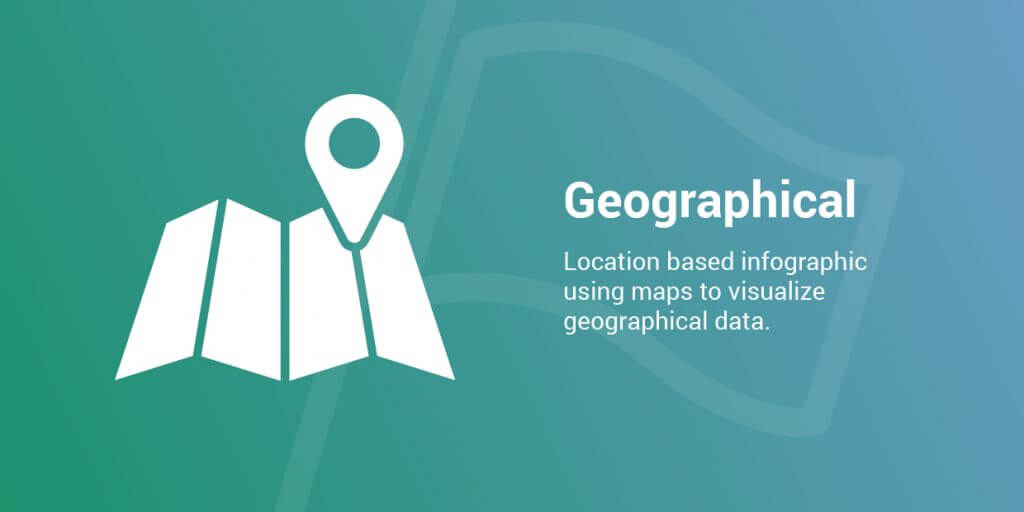
Geographical infographics show data trends based on location. If you have geographical data you’d like to visualize, we suggest you include a map. Maps are a fantastic way to tell captivating stories. You can make a map the entire focus of your infographic, or use it to support your story.
Examples:
Would you like to experience the full power of data visualization? Try Infogram for Teams or Enterprise for free! With a Team or Enterprise account, you can create up to 10,000+ projects, collaborate with your team in real time, use our engagement analytics feature, and more. Request your free demo here.
5) Comparison
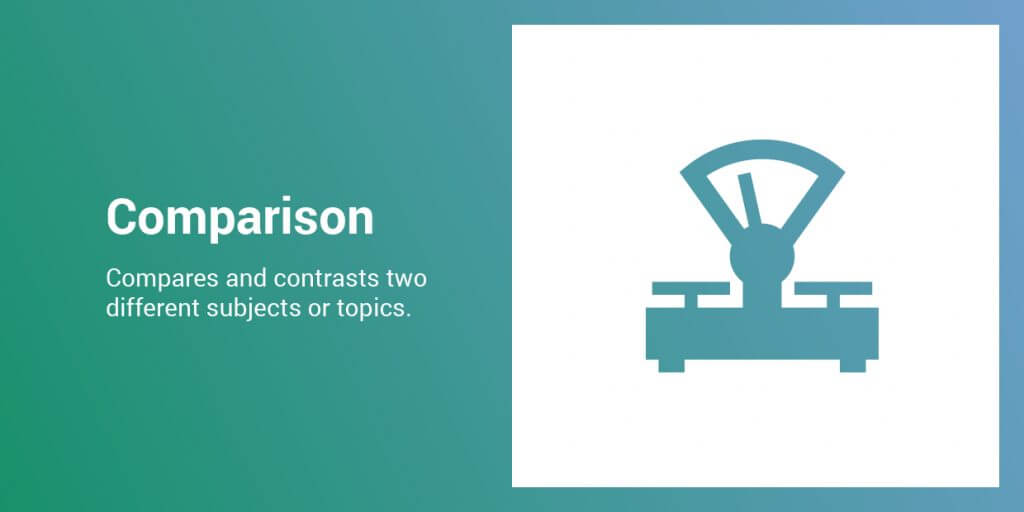
Comparisons are one of the most well-liked types of infographics. They compare and contrast two different topics, usually side-by-side. These infographics are used to show how much two things have in common, how much they differ, or how superior or inferior one thing is over another.
Examples:
- Kids of the Past vs. Internet Generation
- Infographics vs. Data Visualizations
- Left Brain vs. Right Brain
6) Hierarchical

Hierarchical infographics organize information into pre-defined levels. Use this type of infographic to show how information is organized into different levels, and how those levels are connected. These are usually visualized with pyramid charts or flowcharts.
Examples:
7) Flowchart
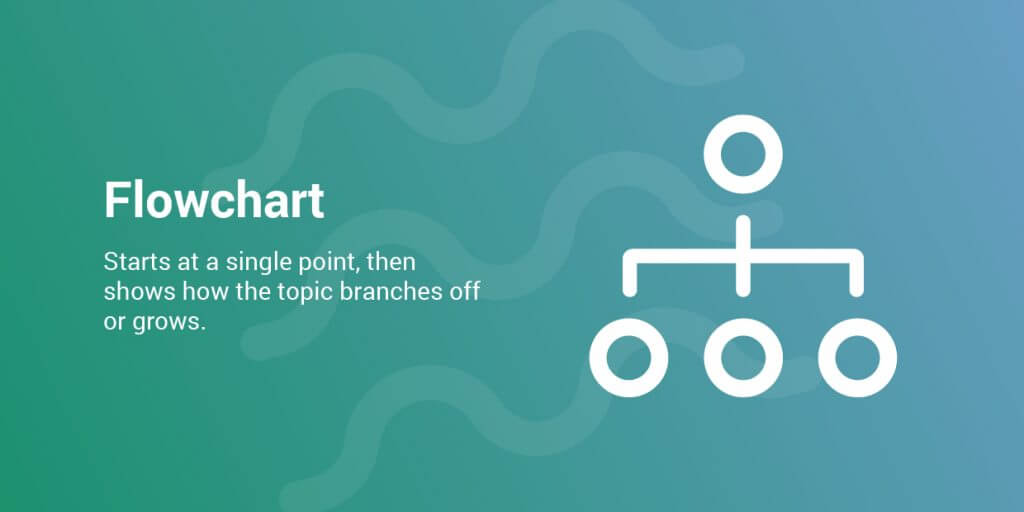
Flowchart infographics are generally used to answer a specific question by walking viewers through a series of options, revealing the right answer for them. They can also be used to show how a topic splits off or grows.
Examples:
- Old World Language Families
- How to Create Content Ideas for a New Client
- What Color Should Your Logo Be?
8) List
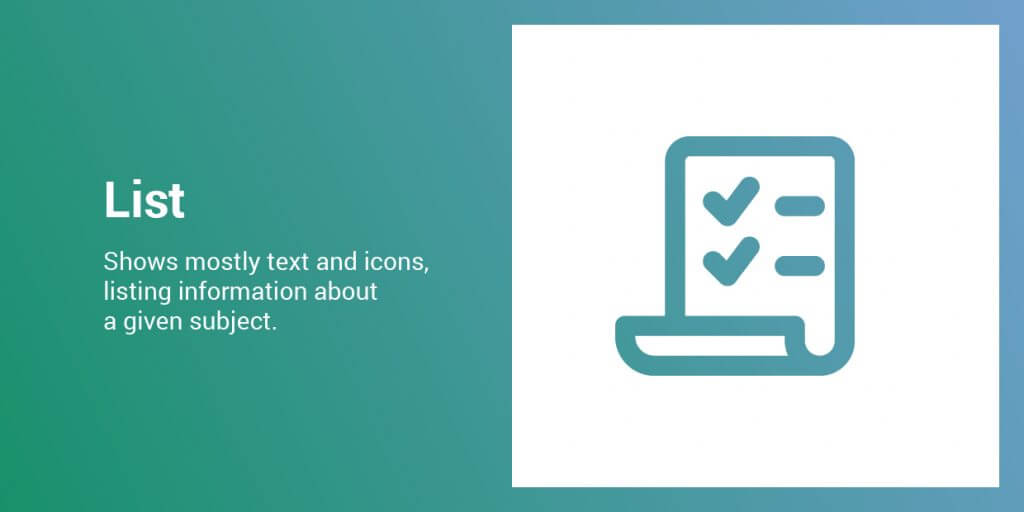
Lists are useful educational tools, sharing a lot of information in the form of text and icons. This type of infographic is very popular because it is so versatile. Lists make it easy to skim and view content quickly, while still clearly displaying the overall message.
Examples:
9) Anatomical
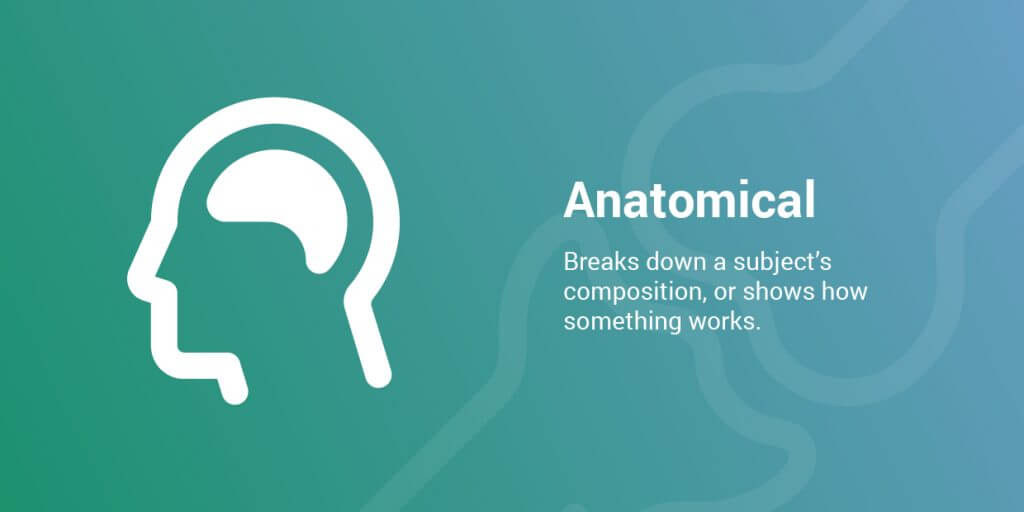
Anatomical infographics break down a subject’s structure or composition, showing how it is built or how it works. This can be applied to infographics related to technology, biology, architecture, food, and more.
Examples:
- Everything You Need to Know About Wine
- Stress and a Woman’s Body
- The Cathedral of Florence: Il Duomo
10) Visual Resume
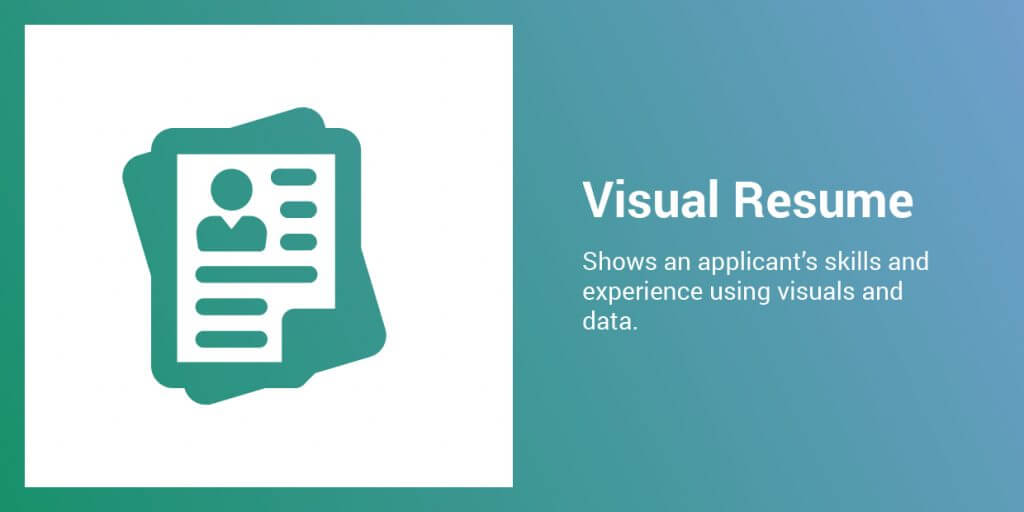
Infographic resumes are quickly growing in popularity. They help you stand out from the crowd. Visual resumes are meant to replace or accompany traditional resumes during your job search. You can easily display your experience, skills, and goals.
Examples:
11) Photo-Based
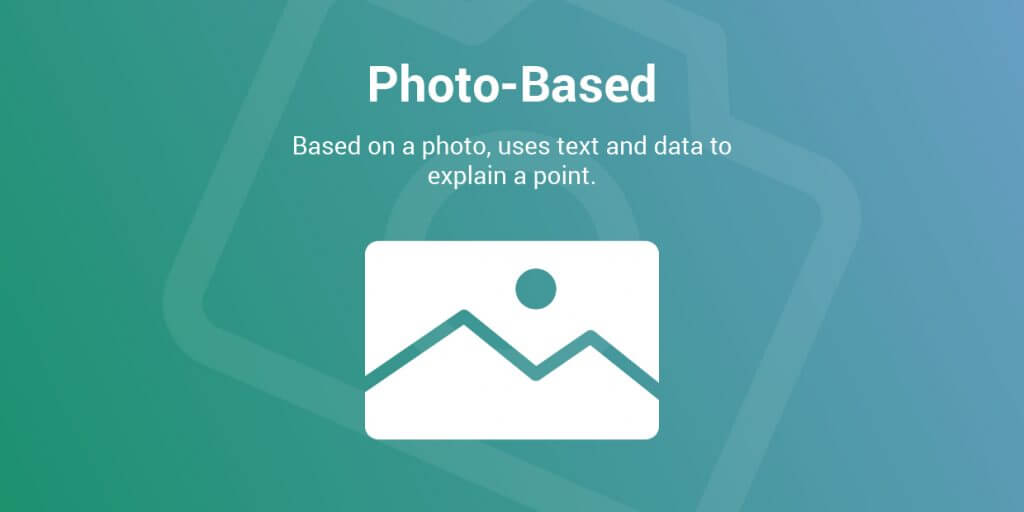
Infographics can be illustration-based or photo-based. Images are generally used to help visualize real-life concepts or tell a story. Photo-based infographics offer a unique, eye-catching experience.
Examples:
12) Interactive
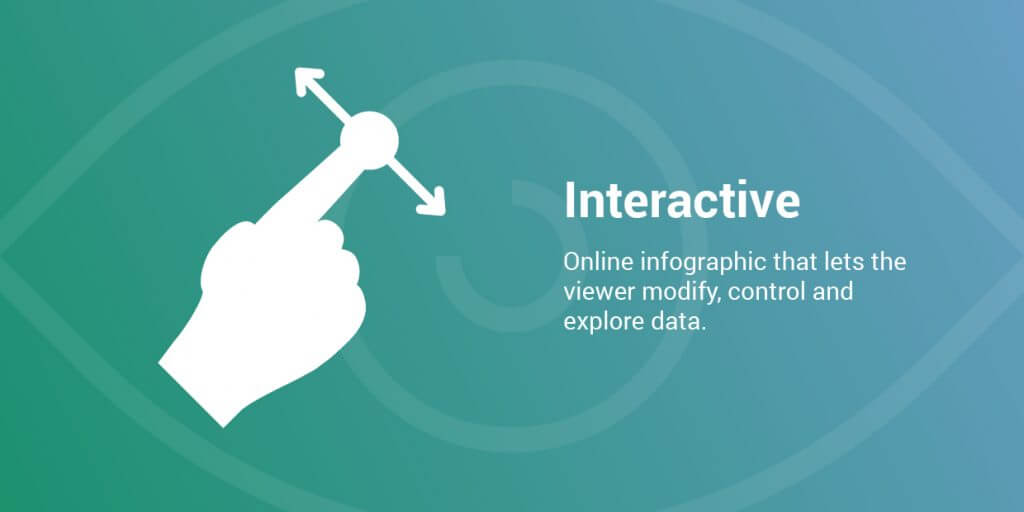
Interactive infographics are web-based and highly engaging. Interactivity lets the viewer fully engage with the information, often allowing them to swipe and zoom in on interesting stats or imagery. We love this type of infographic because it encourages people to explore and interact on their own.
Examples:
Now that you know which type of infographic you’d like to make, it’s time to complete your vision. We’ve published a detailed 10-step infographic guide to walk you through the entire creation process.
Get data visualization tips every week:
New features, special offers, and exciting news about the world of data visualization.